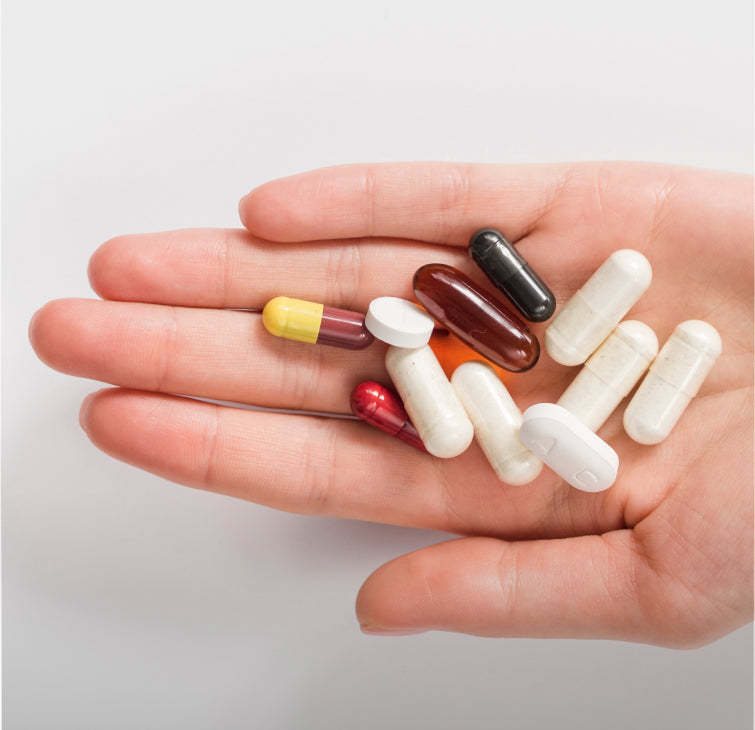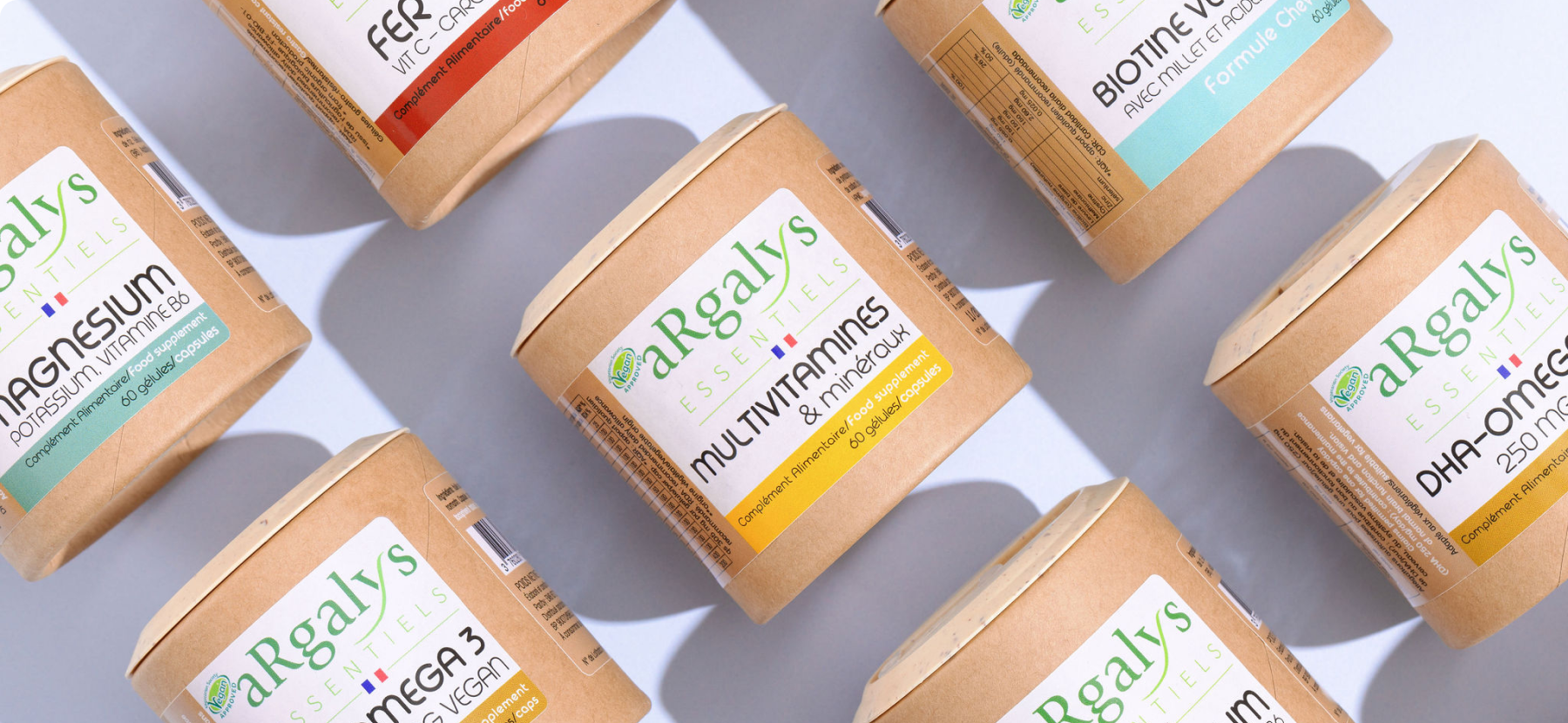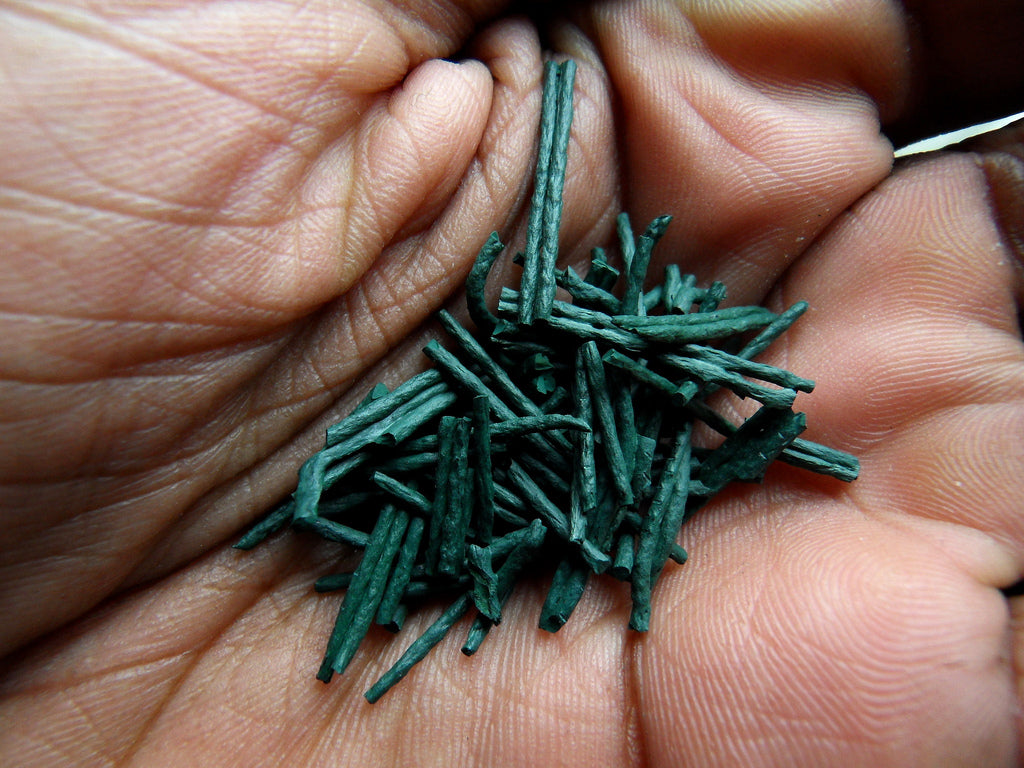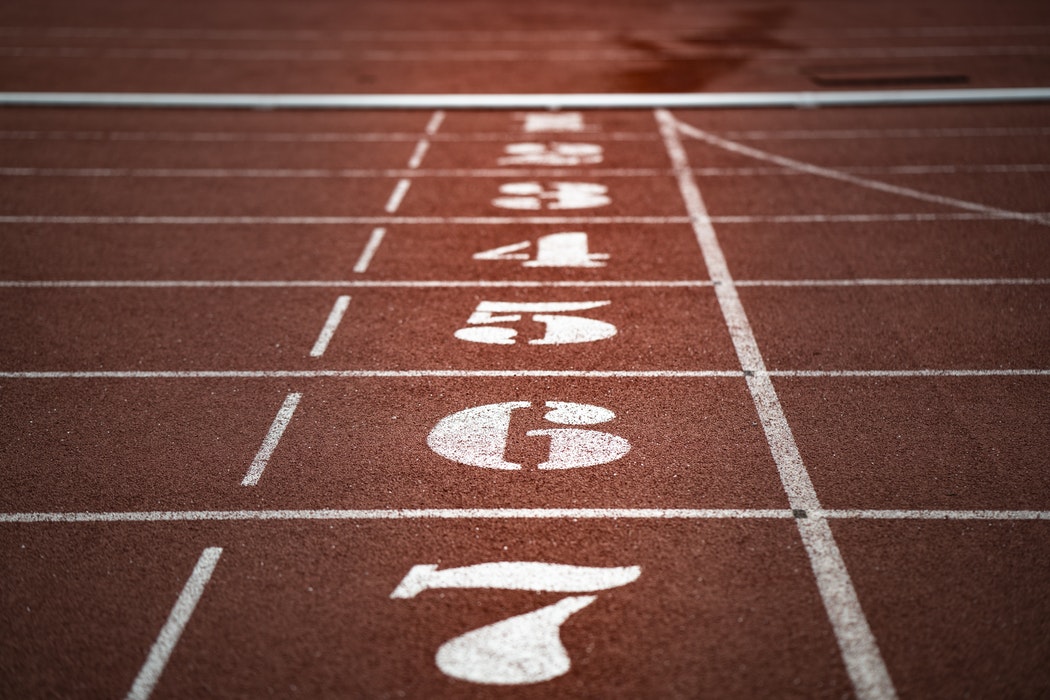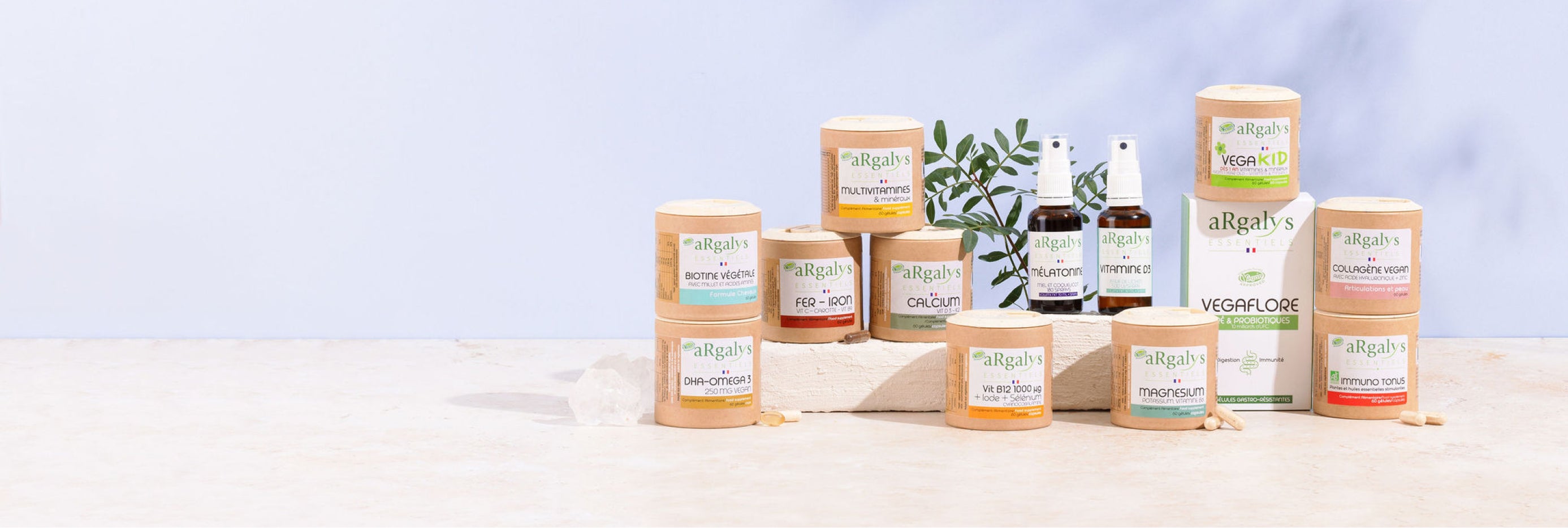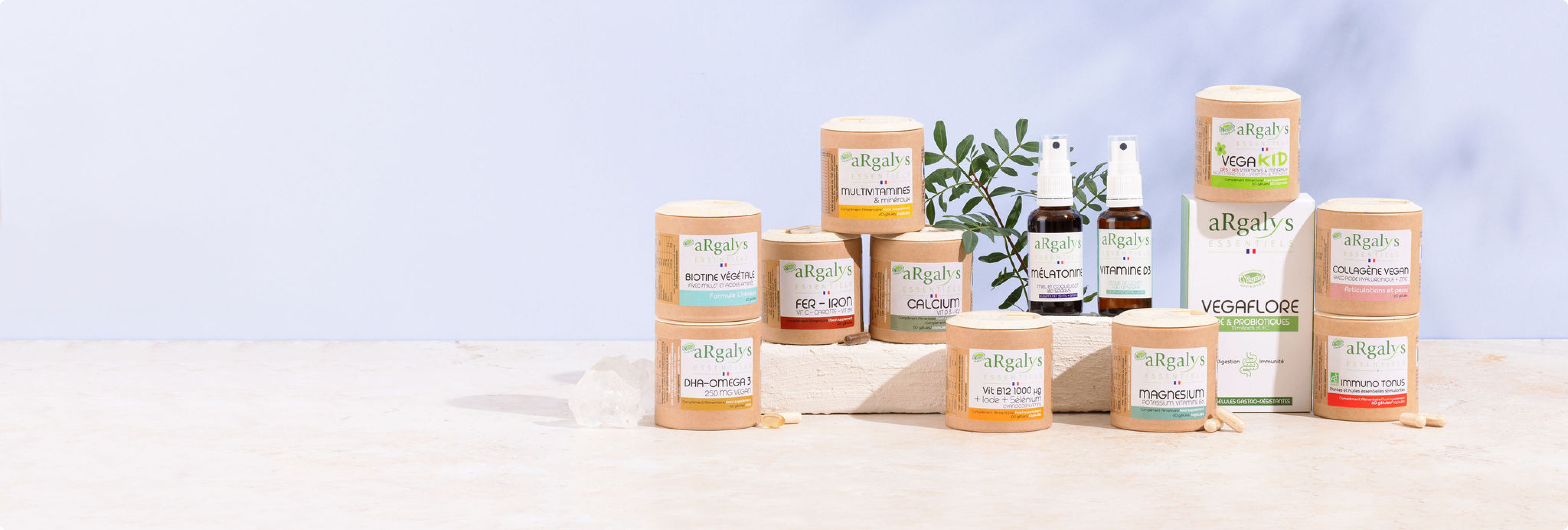The basic principles of bodybuilding
Before starting bodybuilding, it is important to remember 3 important rules related to protein nutrition.
1. No slimming diet should lead to muscle wasting, except in cases involving therapy under medical supervision. Loss of muscle mass is a strong warning signal that warrants consultation with a doctor and/or nutritionist.
For Vegans:
2. We must ensure balanced intakes of the 9 essential amino acids , which is possible with a good balance of cereals/protein seeds and/or quinoa. In the case of a ketogenic diet low in cereals, an additional intake of methionine and cystine may be relevant.
3. It is prudent to overestimate protein needs by +20% (i.e. approximately 1 gram of protein per kg of weight/day/for a non-athlete), to take into account a possible lower absorption of plant proteins.
Understanding Protein Synthesis in the body
This is a very complex mechanism going through several stages, involving all the essential amino acids on the one hand and the DNA of our cells on the other. 
Schematically: cellular DNA (the two-branched spiral) is copied into a single-branched version: RNA (of which there are a few variants depending on their function in the process).
RNA is made up of codon sequences , which correspond to the genetic sequence of the copied DNA strand. The codon is a sequence of 3 nucleotides.
Each codon corresponds to a specific amino acid . A new strand of proteins can therefore be made up of these amino acids, according to the initial ordering of the DNA, transmitted by the RNA.
This is what allows cells of the heart, brain and muscles to reproduce in accordance with their original model . These reactions take place in the cytoplasm of each cell.
The two key points :
- proteins are copied from the DNA of each cell and each amino acid can be used depending on the type of protein to be reproduced.
- The absence of an essential amino acid at the cell level can therefore block the process.
Amino acids (BCAA): an undoubtedly overvalued role in gaining muscle mass
Three essential amino acids (Leucine, Iso leucine and Valine) are called branched (abbreviated in English: BCAA) because their molecule evokes this form. They are very widely used as a supplement to food for muscle mass gain , and abundant literature justifies their use for this purpose.However, scientists are unable to demonstrate these properties in their experiments.
Let Robert R Wolfe, from the University of Arkansas in the USA, one of the world's leading experts in protein nutrition for athletes, speak (extract from the Journal Int.Sport Nutrition 2017): “A thorough search of the literature has not revealed no studies in human subjects in which the muscle protein synthesis response to orally ingested BCAAs only was quantified , and only two studies in which the effect of intravenously administered BCAAs was evaluated. These two intravenous infusion studies showed that BCAAs reduced muscle protein synthesis as well as their breakdown, which meant decreased muscle protein turnover... We conclude that the claim that dietary BCAA consumption stimulates muscle protein turnover. muscle protein synthesis or produces an anabolic response in humans is unwarranted. »
As with other essential amino acids, BCAA intake must nevertheless be sufficient : they are found in significant quantities, approximately equivalent to that of animal proteins, in oilseeds (soy, etc.).I. strength gain without gaining muscle mass
For serious vegans, vegetarians and flexitarians, it's generally very easy nutritionally. The basis of their diet being healthy, with a good dose of fresh fruit and vegetables and oilseeds , this can be easily implemented. If there is a weakness, it will be more on the iron, calcium and iodine side rather than on the protein side. (however read below). The basic recipe for any vegan athlete who practices a sporting activity more than 3 times a week is to increase their protein consumption a little to have enough amino acids circulating in the body for post-exercise repair of muscle fibers. . We said previously ( see article on the basics ) that starting from a general protein requirement of 0.8g per kg of weight per day for omnivores, we can cautiously increase to 1g/kg/day for non-athlete vegans. and increase further by 20/30% for sporty vegans (i.e. 1.2 to 1.3 gr/kg/day).
However, the objective is to increase this protein consumption a little without increasing the energy ingested and in particular carbohydrates. This logically leads to reducing the consumption of cereals . Intakes of essential sulfur-containing amino acids (methionine and cystine) can then be limiting because cereals are the main source.
In all cases, it is training, more than nutrition, which will determine your strength gain. A weekly weight check will easily allow you to check that your diet is not making you gain weight. If this is the case, reduce your carbohydrate intake (fast and slow sugars) rather than lipids (oils) and lengthen your aerobic exercise sessions a little.
II. Dry muscles
this is the most improper term there is since it is not at all a question of drying out the muscle (making it lose water, which would be an aberration), but of making it lose fat without increase protein mass. We will therefore say: “ defat the muscle ”. Principle: it involves following a very selective slimming diet, without loss of muscle mass and using physical activity to increase energy expenditure and 'lose fat' in the muscles involved. As already stated, to lose weight. fat :- It is better to reduce your consumption of carbohydrates than of lipids : this is the whole spirit of ketogenic diets.
- You must do aerobic (well-oxygenated) and long efforts : more than 20 minutes at medium intensity (at approximately 2/3 of your maximum heart rate: at an effort level where you can still speak).
Three mistakes to avoid:
- Make a drastic diet by eating less of everything: it is not at all a question of reducing your intake of proteins (stay above 1.3gr/kg/day), vitamins and minerals, nor fatty acids (Omega 3 –DHA, EPA and Omega 6). The goal is not to lose muscle or bone mass.
- Setting unrealistic weight loss goals: a deficit of 500 kcal/day, or 3500 kcal/week, represents a fat loss of approximately 300 grams per week, or around 1 to 1.5 kg of fat mass per week. month. This is a reasonable average level, compatible with good sporting performances. It is also safe if you do this program without support. If you want to lose more fat mass faster: get help from a dietitian, it's the best way to avoid making mistakes in your program. Note that losing water and intestinal contents gives spectacular & rapid results on your weight but obviously has no interest or positive impact in our objective.
- Resume a normal diet as soon as the weight goal is reached: or stop physical activity, or even worse, do both. It is necessary to provide a stabilization period of at least 3 months while maintaining moderate energy intake, otherwise the memory of the cells will quickly seek to recover the lost fats.
For Vegans, and anyone with a predominantly plant-based diet, the only additional precaution may concern methionine intake, linked to reducing cereal consumption (see explanation above).
III. Gaining muscle mass
If this is your goal, you will find much more specific advice with other sources. We know that gaining muscle mass is an important asset for success in many sports and that a vegan diet is not an obstacle to this objective. Here we will talk about moderate growth of muscle mass, with two important precautions for your health:- Do not exceed 2 grams of protein/kg of weight/day. We will not talk about a high protein diet.
- Do not put the cardiovascular system in a state of permanent stress due to an oversized muscle mass compared to it.
Some physiological reminders: muscles, hypertrophy and muscle hyperplasia
Muscles are fibrous, sliding structures made up mainly of proteins. We distinguish two or 3 types of muscle fibers (noted 1.2, or 2a and 2b) which differ both in their contraction time, the power delivered, their endurance during exercise and even their preferred source of energy (glucose or lipids).
To simplify: Type 1 fibers are slower, less powerful, more enduring and prefer lipids.
Type 2 fibers : it’s the opposite! Our bodies are made up of a variable mix of these types of muscles which in this way predetermine natural aptitudes for this or that type of physical activity: the marathon is not recommended for sumo wrestlers, the reverse is also true.
Our nutrition and our sports practice can increase muscle mass, by playing on two phenomena:
- Hypertrophy: the number of muscle cells remains the same but their diameter increases, by increasing the number of fibers.
- Hyperplasia : the increase in the number of muscle cells.
How to increase your muscle mass
Without intense specific work, it is impossible. It is first of all training, the repetition of efforts which must stimulate the growth of the myofibers. Food simply supports this movement by providing the muscle with the nutrients necessary for this development. For specific training programs: you will easily find, either on the Internet or with a coach, advice adapted to your objectives.And what do we do nutritionally?
Obviously you already have a healthy basic diet: Lots of fresh vegetables and fruits and balanced energy and protein intake, probably a somewhat ketogenic diet quite low in slow carbohydrates (cereals). In this case, we do not touch any of these fundamentals and we increase the quantity of proteins by approximately 0.5 gr/kg/day to be around 2 g/kg/day. For a person weighing 70 kg this represents + 35 grams of protein / day, for example + 220 grams of dry quinoa per day (16% protein).
Quinoa is obviously the go-to seed for this goal because its amino acid profile is complete , but you're likely to get tired of it if it comes up every day. You can therefore simply increase the proportions of other protein foods or supplement with formulas adapted to cover essential amino acid needs: Methionine, Cystine, Lysine .
You can also find commercial sources of vegetable proteins with a higher protein concentration, which allows you to reduce the quantities ingested, mainly based on industrially processed soybeans of American origin, with the qualitative limits (GMO, etc.) that everyone should appreciate...
We strongly advise everyone to consult a nutritionist or dietitian to establish a program consistent with your food tastes and your performance goals. Don't let doubts arise and have the reflex to consult a professional to set up your nutritional program. You will be a winner.
Don't you cut your own hair? Well, have a similar reflex for your nutrition, above all, don't hesitate to be accompanied by a professional, it's a very useful precaution. We hope you enjoyed this article, don’t hesitate to ask us any questions and share your feedback with us. To discover our products adapted to your consumption, go to our site !
 04 74 03 98 80
04 74 03 98 80

